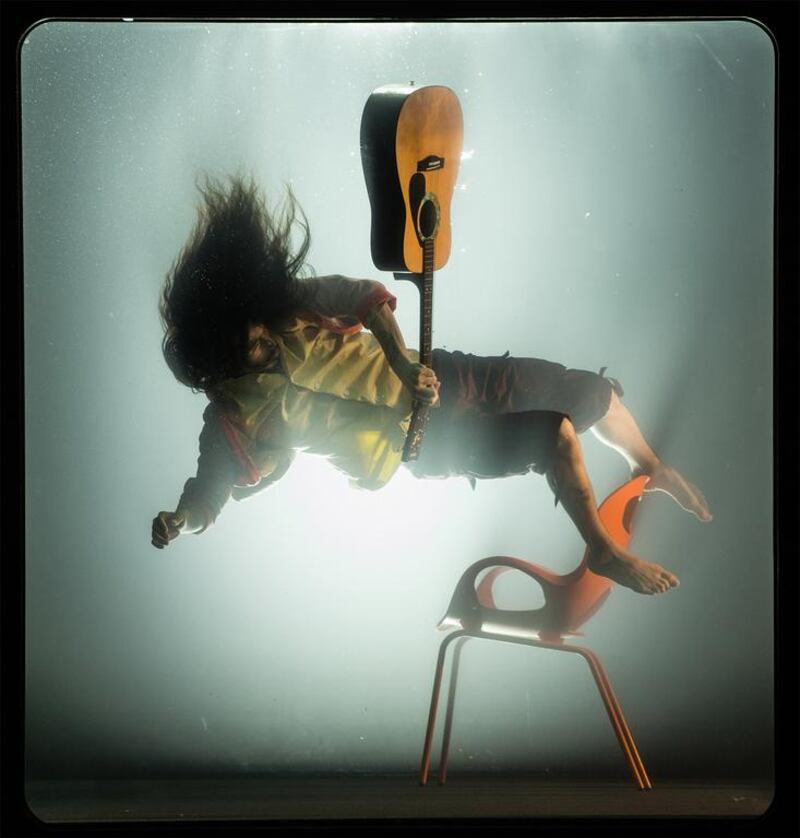This week, as representatives from 195 countries gathered in Marrakech for Cop 22, the United Nations Climate Change Conference, the fundamental aim of which is to put last year’s Paris agreement into practice, the World Meteorological Organisation submitted a new report that provided the assembly with a chastening double warning.
Not only was this September the hottest September since modern temperature monitoring began, but the years 2011 to 2015 were the hottest five-year period on record; 2015 was the hottest year on record and “even that record is likely to be beaten in 2016”, said WMO secretary general, Peteri Taalas.
For many scientists and environmental activists, the results stand as confirmation of the longer-term trends of climate change: the absolute level of CO2 in the atmosphere is continuing to rise, the increased risk of extreme weather events such as heatwaves and drought in some areas and the catastrophic effects of rising sea levels, record rainfall and damaging floods in others.
For the past six years, the issue of the increasing and climate-related "collision between water and the human body" has consumed the US artist, director and writer Lars Jan whose installation, Holoscenes, is set to open in Abu Dhabi Wednesday, November 16.
“I was an activist before I was an artist and there’s an activist stream in my work generally but this is the most political piece,” Jan explains.
“The concept of the work was inspired by my concern about the story of water in the 21st century and the fact that I think that water will be the pivot around which the geopolitical climate will revolve in the 21st century, in perhaps the way oil was in the 20th century.”
Part-performance and part art installation, Holoscenes features an enormous tank – reminiscent of a magician's on-stage prop – that quickly fills with water, forcing the performer inside to continue with an allotted everyday task – reading a newspaper, collecting fruit, cleaning – as they are quickly submerged.
Each of the individuals who takes part in Holoscenes stays in the tank for an hour, but each performance as a whole, which is set to music, will take place in the main plaza at New York University Abu Dhabi and will last for four hours, turning the artwork into an act of endurance for all concerned.
The title of Jan’s installation is a play on words. Not only does it relate to the geological Holocene era, the 11,700 years since the last ice age, but it also plays on the theatrical notion of a “hollow scene”, an idea that Jan, whose background is in performance art, finds metaphorically dark and chilling.
The genesis of Holoscenes occurred in 2010 when Jan, the founding artistic director of the genre-bending performance and arts laboratory Early Morning Opera, saw a photograph in The New York Times that made him stop what he was doing and read the article associated with the image to its end.
The picture, taken by the Pulitzer Prize-winning photographer Daniel Berehulak, captured a group of Pakistani flood victims, blasted by the downdraft of an army helicopter, who were struggling to reach emergency rations of drinking water that had been dropped into the fetid tide overwhelming their rural village.
“We see hundreds if not thousands of images of disaster of one sort or another in a week that we become saturated with them, but for some reason this one really impacted me,” explains Jan, who is half Pashtun – his mother was born in Kabul – and who also spent time in Pakistan, visiting family, when he was in his early 20s.
“The people in the image were all deeply distraught but at the same time the photograph was extraordinarily beautiful, the light is gorgeous and it looks like a Raphael painting,” Jan says.
“So there was an immediate tension for me between the beautiful, aestheticised [sic] delivery of disaster and also the mysterious, enigmatic potential of an image to draw the viewer in and actually excite their curiosity so they want to know more.”
Soon after Jan saw the image he became obsessed with the idea of a person in a room, reading a newspaper, who continued to read the newspaper oblivious or wilfully ignorant to the fact that the room was filling with water.
“A lot of the early development of the work was really about interrogating where that image was from,” the artist explains, describing a three-year-long research process that was not only dedicated to realising the vision but to developing the technology that would combine a potentially lethal mix of heavy equipment, water and electricity in a way that was not only aesthetically convincing but also safe.
“What it really is, is just a single bar graph that moves which happens to be made of water and it moves around a human body,” Jan says. “Rather than a didactic lesson about climate change, that’s what I want Holoscenes to be: a portal into somebody’s own curiosity about what is this, why is this, why was it made.”
• Lars Jan’s Holoscenes is being performed outside NYUAD Arts Center, Saadiyat, from November 16 to 19, as part of Abu Dhabi Art (www.abudhabiart.ae). For further information, visit www.nyuad-artscenter.org.
Nick Leech is a feature writer for The National.





